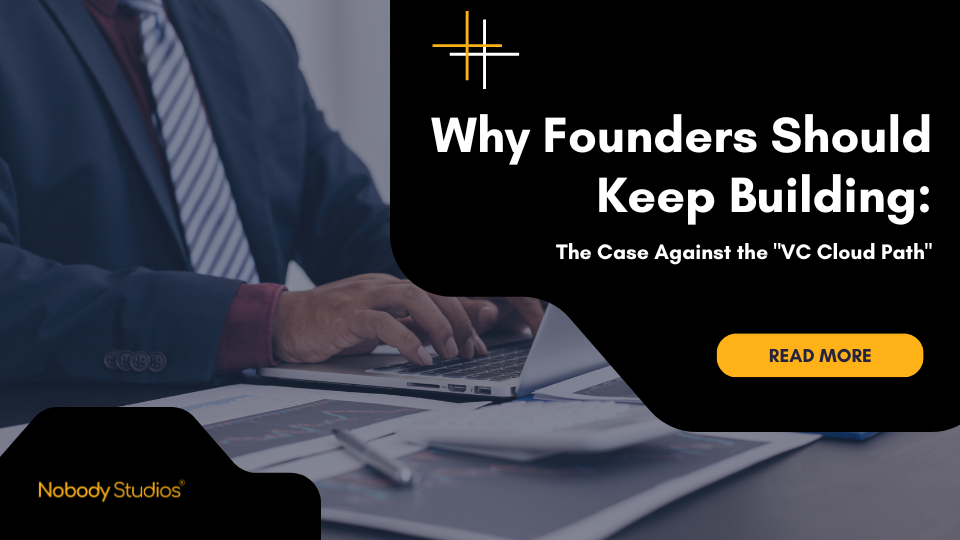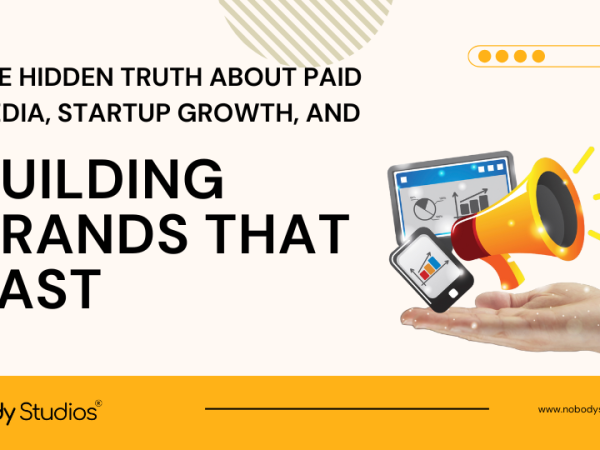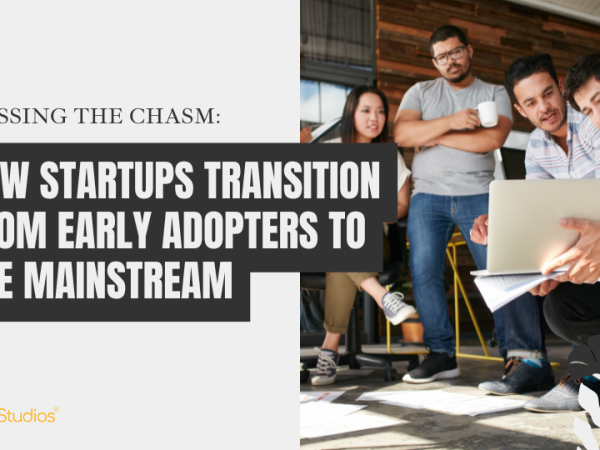
Many entrepreneurs dream of the perfect exit—that moment their years of grit, risk, and late nights culminate in a successful acquisition or IPO. But a powerful question remains for those who achieve this milestone: What comes next?
There is a prevalent, almost mythical path where a successful founder immediately transitions to becoming a venture capitalist (VC), an advisor, or stepping away entirely. However, this “VC cloud path” can lead to a significant loss of talent and creativity from the building ecosystem. The most fulfilled founders are often those who choose to keep building, albeit in a new, more strategic way.
Here are key insights from experienced builders on why some founders resist the traditional post-exit path and the new models they embrace.
1. The Call to Create: Moving Past Post-Acquisition “Misery”
For many successful founders, the drive to create doesn’t disappear just because the first company has exited. Garrett Figures, co-founder of Zoe Foundry, shared his personal experience after his last company was acquired.
- The Creator’s Need: After two years in a post-acquisition role, Figures realized he was “miserable” because he was no longer creating. He felt a deep need to be stretched and to feel the “pain” of building, believing he was missing out on what he was “created to do” if his muscles weren’t being challenged.
- The Analogy of Trauma: The founder’s journey is often likened to intense, high-stress experiences like running a marathon or even war. The fatigue and “trauma” of the first build make the thought of starting again daunting. Founders must reflect on their mental health and take those learnings forward to avoid repeating mistakes.
2. Building Differently: Avoiding the Pressure Cooker
Instead of running a second marathon in the same way, many exited founders are looking for models that de-risk the creation process and reduce the enormous pressure associated with traditional venture capital funding.
The Three New Paths
- Cash Flow Businesses: One pursuit is to build businesses focused on generating steady cash flow, rather than solely chasing the high-risk, high-reward unicorn outcome favored by many VCs.
- Advisory Work (With Caution): While many founders become advisors, some find that advisory roles lack the desired agency or influence over the company’s direction.
- The Venture Studio Model: This model is increasingly attractive because it offers founders a way to continue building with greater impact and less risk.
The Studio Advantage
- Agency and Equity: In a studio, founders are actively involved in constructing a portfolio, using their experience and energy to build with other people and gaining equity in the businesses they help create. This provides a unique dynamic for those who enjoy rolling up their sleeves and getting their hands dirty.
- De-Risking Velocity: Studios offer a different way to build by implementing a validation phase to de-risk a concept, potentially eliminating the need to pivot multiple times or build multiple products. In areas like the insurance space, a studio can provide a huge advantage by securing compliance (e.g., SOC2, HIPAA) from day one, which shortens traditionally long sales cycles.
- Diversification and Community: The studio model is characterized by diversification from day one, allowing for parallel exploration of many ideas. It offers an “ecosystem play,” where a founder can work on multiple problems and collaborate with a community of great founders, rather than putting all their eggs into one high-risk basket.
3. The Act of Vulnerability
The decision to build again—especially in a new format—is an act of profound vulnerability.
- A New Approach: An exited founder going into the studio world is saying, “I knew how to do this thing, I did it, and I’m going to do a version of that differently”. They must be vulnerable enough to admit they don’t know everything, but trust their experience to build a model with incredible potential.
- The Creative Imperative: Just as a songwriter whose catalog is acquired doesn’t simply stop writing songs, a true builder cannot stop creating. The process of building a system to create companies at a higher velocity and with more capital efficiency is the next level of challenge for many.
As one founder put it, the creative act is a vulnerable act. The next generation of successful founders is not simply trading their role for an advisory title; they are leveraging their experience to construct new systems of creation, choosing the challenge of building again over the comfort of the sidelines.
A Call to Keep Creating
The entrepreneurial journey doesn’t have to end at acquisition. In fact, for true builders, it rarely does. Whether through venture studios, cash-flow businesses, or new collaborative models, founders have the chance to build again — smarter, stronger, and with deeper purpose.
Because innovation doesn’t just need capital. It needs creators.


